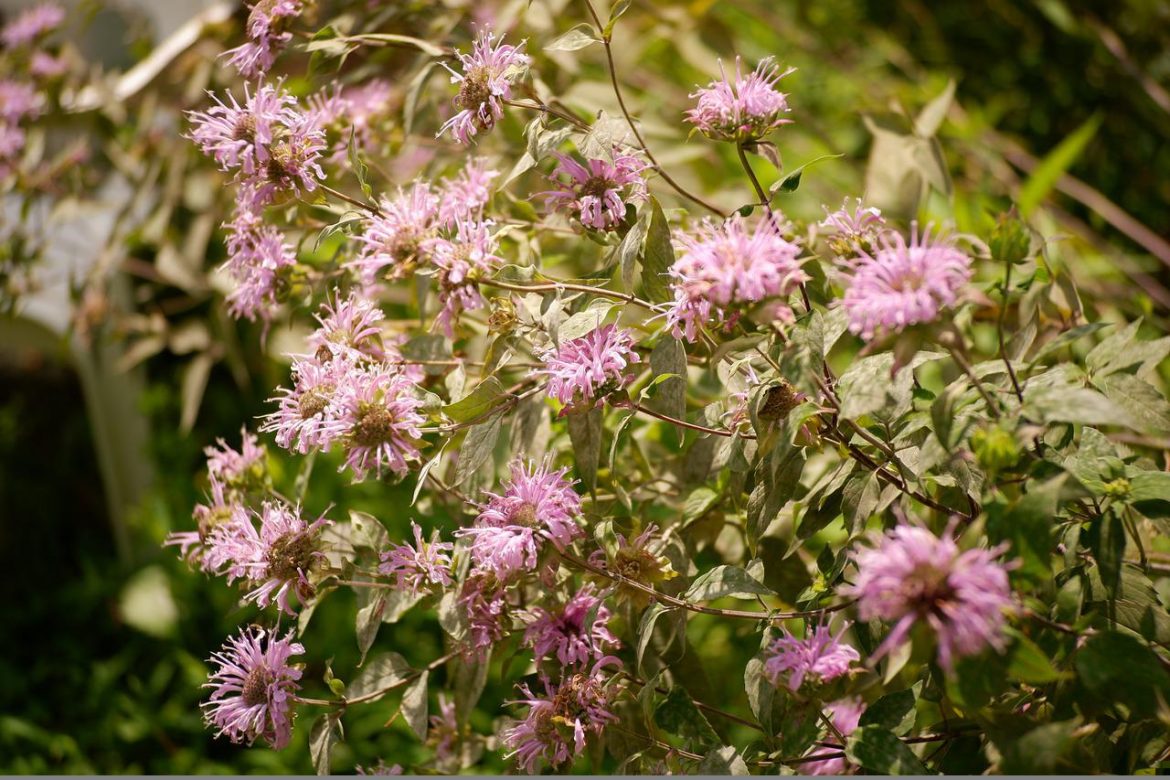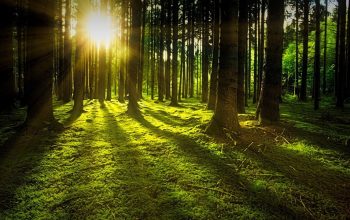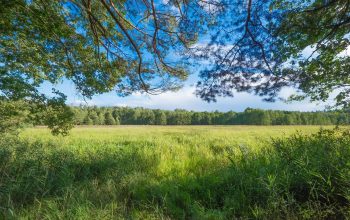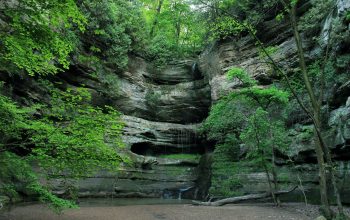Native plants, in their essence, are those species that live in certain areas and ecosystems without the need for human interference. They have adapted to the local conditions, like soil, weather, and moisture. Growing such plants isn’t just easier, but it’s recommended for several reasons. First, they can’t become invasive and endanger the ecosystem, and secondly, they provide food and home for many native animals, birds, and insects. In light of all that, Illinois is a state boasting marvelous biodiversity! We’ll meet you with only a few of the thousands of species growing across the Prairie State in the next lines.
Trees
Illinois is home to 20 Oak types of trees and almost a hundred other species. White Oak and Slippery Elm take special places among the huge diversity. The first one is a symbol of the state and is the most common forest tree, while the second is the most abundant in number. Here are some other beautiful, mighty, and widespread, across Illinois, tree species:
- Black Cherry – 50 to 80 ft in height, well-drained loam soil
- Sweetgum – 60 to 80 ft, well-drained medium moisture soil
- Red Maple – 40 to 70 ft, well-drained medium to high moisture soil
- River Birch – 40 to 70 ft, easily grown and adaptable, prefers wet soils
- Bitternut Hickory – 50 to 80 ft, rich well-drained wet soil
- Southern Catalpa – 30 to 60 fr, any loam soil, medium to high moisture
- Washington Hawthorn – up to 25 ft, well-drained dry to moist soil
- White Ash – 60 to 80 ft, well-drained moist loam soil, organically rich
- Black Walnut – 70 to 100 ft, well-drained organically rich soil
- Red Mulberry – 30 to 50 ft, rich, moist, deep well-drained soil.
Besides the many tall trees with wide crowns, Illinois is also home to smaller landscape species suitable for growing in gardens. Yellowwood and Pagoda Dogwood are two excellent examples native to the state and its weather.
Shrubs
Plenty of native shrubs to discover in Illinois! Oakleaf Hydrangea is maybe one of the most common ones! It does not need much water and feels best in organically rich moisture soil. Elderberry Bush and Climbing Hempvine require more water and wet soil, but suffer no serious insect or disease issues. Other pest-resistant and extremely beautiful perennial bushes are Azaleas. However, the heavy wind and extreme cold are their weakness, so it might be wise to think about some kind of shelter if your property is located in an area with such climate conditions.
More resistant and hardy are Spirea and Viburnums. They require low maintenance and low to medium water and can survive bad weather. These shrubs retain their beautiful flowers for many months, and pretty much only the insects and old age could destroy them. If you wish to attract pollinators to your garden, then consider planting Butterfly Bush and Honeysuckle Bush. They are very fast-growing but not quite hardy to climate disturbances and require medium maintenance. However, their white-purple and yellow flowers will refresh your yard. Finally, we also recommend you to check the following Illinois native shrubs – Lilac Bush, Holly, Juniper Bush, Sumac, and Spice Bush.
Flowers
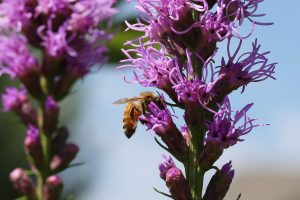
Of course, the variety of flowers as always, is the largest and most impressive. There are hundreds of species native to Illinois, and we’ll try to present the most fascinating and common ones. Butterfly Weed amazes with its dazzling yellow to orange flower clusters, and it’s a perfect selection for any Illinois garden. Moreover, being part of the milkweed family, these plants are favorite by butterflies where their name actually comes from. Dense Blazing Star is another sure bet for a garden full of life and color. It’s a perennial going up to 4 ft tall, standing out with saturated purple tufted heads.
All Illinois native flower plants prefer rich, moisture, and well-drained soil. Of course, they can live with limited resources, but maintenance is required if you wish to avoid fading. Maybe this is the best moment to introduce one of the Illinois symbols. Picked by school children more than a century ago, in 1908, Violet is the State Flower. It can grow up to about 10 inches tall and wide and prefers medium moisture soil. The plant is versatile, deer-resistant, and its leaves contain vitamins A and C and, therefore, can be used in cooking. Violet is the State Flower of three more states – Wisconsin, Rhode Island, and New Jersey.
Below, we listed some other Illinois flowers suitable for growing in personal gardens:
- Wild Bergamot – up to 4 ft tall, loves the sun, water – low
- Culver’s Root – 4 to 7 ft, full sun exposure, water – medium to high
- Garden Phlox – up to 4 ft, partial shade recommended, water – medium
- Foxglove Beardtongue – 3 to 5 ft, full sun exposure, water – low to medium
- New England Aster – up to 6 ft, loves the sun, wager – medium
- Wild Quinine – up to 4 ft, partial shade, water – low
- Red Columbine – up to 4 ft, partial shade, water – low to medium.
Final Thoughts
Illinois may not be the state with the largest forests, but it definitely offers a magnificent variety of native plants. Besides being beautiful, growing such flowers, trees, and bushes has many other advantages. This is the most friendly way to impact the surrounding environment and invite pollinators to your garden. Using native plant seeds is cost-effective and lowers your personal carbon footprint. Besides, why do you need alternatives after having such a tremendous variety of colors, scents, and shapes at hand? Furthermore, many of the species have excellent self-seed ability and require relatively low maintenance.

